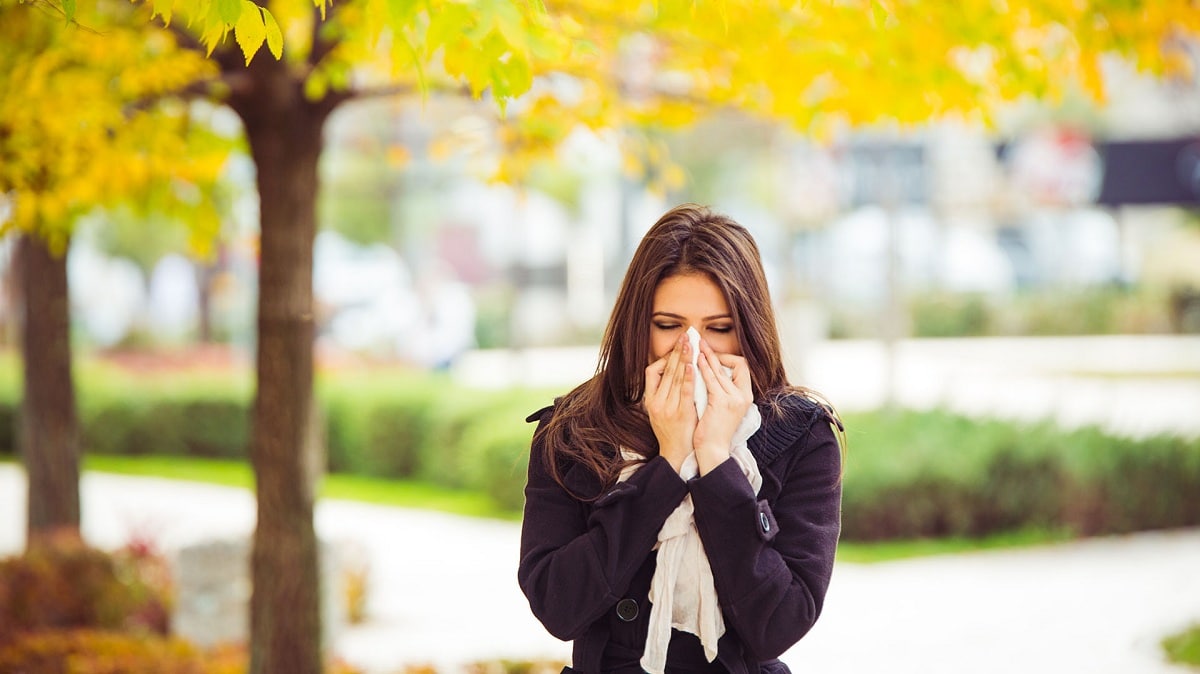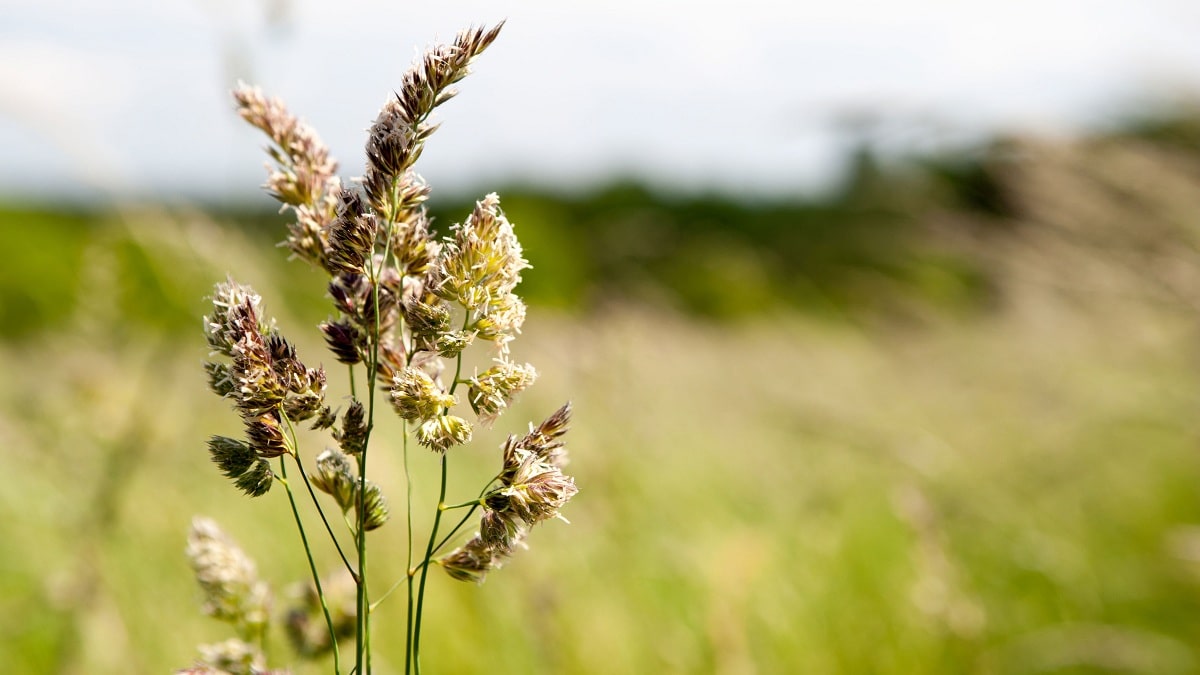
The human being's immune system can fail to germinate people and on certain occasions and generate allergies. The most normal thing is that allergies cause continuous and scandalous sneezing, nasal congestion and a constant runny nose, among other effects. The weather and allergies they are related in many people. And there are people who have an allergy to changes in the weather.
Therefore, we are going to dedicate this article to tell you everything you need to know about the most common reactions to the weather and allergies.
Climate and allergies

In this type of people, the most common allergic reactions are usually rhinitis, allergic conjunctivitis and some symptoms such as dermatitis or some somewhat more severe conditions. When we talk about rhinitis, we mean the continuous sneezing that usually affects us when we are most exposed, the nasal congestion that does not let us breathe well and a constant drip in the nose. Rhinitis is one of the most unpleasant symptoms of passing allergy. They are very annoying symptoms that, sometimes, do not allow us to lead a normal life. Being constantly cooking, sneezing and having to blow your nose is not pleasant at all.
Another symptom of the weather and allergies is conjunctivitis. They usually have symptoms such as itchy and irritated eyes. There are people whose eyes turn a deep red color. In dermatitis, eczema on the skin and hives can be caused. Finally, some of the weather conditions and allergies can be more serious and attack the digestive and respiratory systems such as the bronchial asthma.
Causes of weather and allergies
Having an allergy to changes in the weather comes from a genetic load and the environment that surrounds us. We all have a genetic predisposition to suffer or not from allergies to different types of allergens. Some organisms can be combined in such a way that it makes our immune system generates an exaggerated and negative response to certain stimuli or substances which are called allergens. When a patient is exposed to these agents, they are in a state of hypersensitivity to a series of cellular and biochemical phenomena that generate reactions in different ways according to each person.
The most common symptoms are those mentioned above, but their intensity and frequency will depend on each type of person and the degree of exposure to the allergen. Allergens are the agents responsible for allergies. These can be: food, medicines, airborne particles such as pollen, chemicals, fungi, mold, mites and animal dander, etc. When these allergens come into contact with organisms, the immune system recognizes them as dangerous substances and defends itself with an attack, which are the responses of the seemed that we have listed above.
The wind is responsible for dispersing the pollen of the plants to expand the area of distribution of the plants. That is why changes in the weather can cause allergies. And it is that when we change seasons, so do the winds, their intensity and direction besides that the plants begin their flowering stage. This is the flowering stage where they generate pollen to be able to spread in the territory.
Related meteorological variables
Now that we know that allergens are responsible for us having allergy symptoms, let's see what the weather and allergies have to do with it. We must understand that the allergy to the change of the weather itself does not exist. It is not that we are going to develop symptoms before the change of some meteorological variables that characterize the environment or the environment of a person in a certain period of time. This is not itself an allergen. On many occasions, the change of climate is the trigger for the increase in the concentration of certain allergic agents in the air, which is what contributes to the reaction of the mucosa in allergic people.
We are going to analyze which are the meteorological variables most related to these symptoms. Sudden changes in air temperature and humidity usually produce some symptoms in allergy sufferers. And this is because the mucosa reacts to this scenario. Changes in air temperature and humidity can cause inflammation. On the one hand, low temperatures produce changes in nasal and bronchial choices. This means that the own they will contract their walls and decrease defense mechanisms naturally by air. These changes cause respiratory viral infections.
If we go the other way, we see that spring is increasingly anticipating its arrival, since there are some studies that confirm that some Deciduous trees in Spain sprout about 20 days earlier than 50 years ago. This change alters the development of plants with a longer pollination period. Keep in mind that if this continues, more people allergic to pollen will be exposed to this problem for longer each year.
Wind effect
The while is another of the most important meteorological parameters to take into account. It is in charge of mobilizing fungal spores and pollen through the air. On days when there is too much spring wind, it is not advisable to go outside for all those who have allergies. The dispersion and concentration of allergens depends on the mixture that is generated in the wind. Depending on its direction and speed, a suspended particle count can be carried out and air quality studied to develop alert forecasts for the benefit of allergy sufferers.
Thanks to that, Today we have data that indicates the amount of pollen in the air present day by day to know if we should go out as a precaution or better to stay at home to avoid reactions in the mucosa.
Weather and allergies also have to do with the amount of humidity, rain and frost in the environment. And it is that these meteorological processes cause a filtering or purification of the environment. This means that the pollen grains are captured by the rain droplets and, being heavier, they fall to the ground and remain deposited. It is common to observe that allergy sufferers in spring make their symptoms even worse on sunny and windy days, while they improve on rainy days.
I hope that with this information you can learn more about the relationship between weather and allergies.